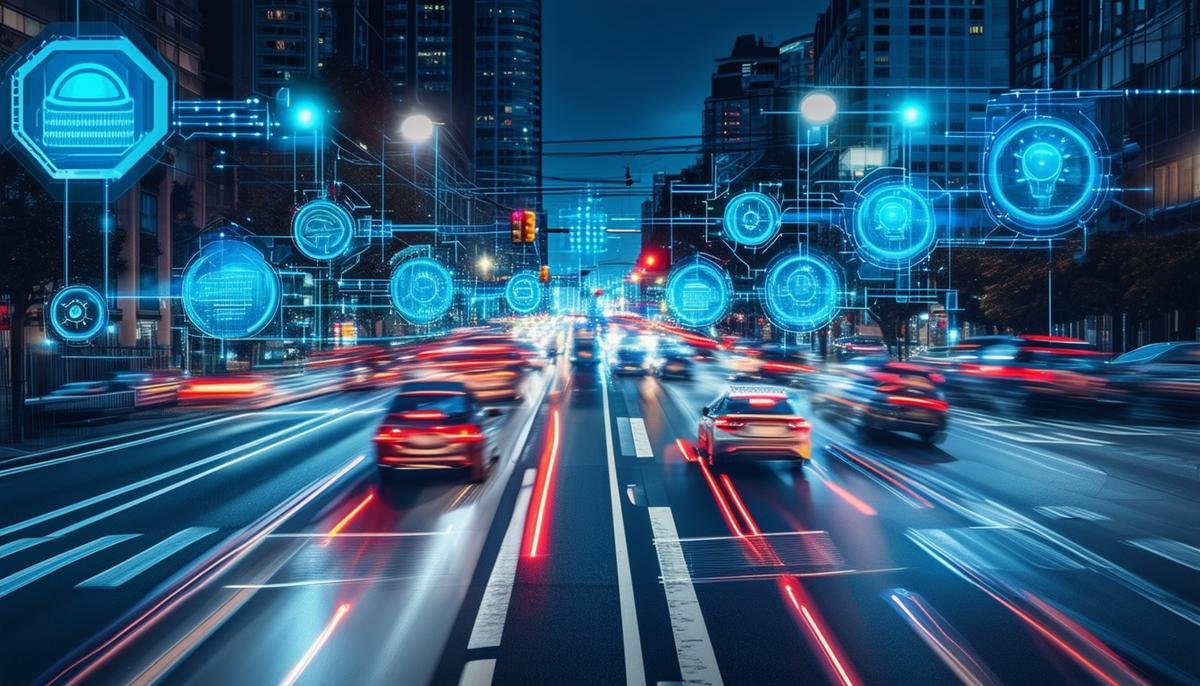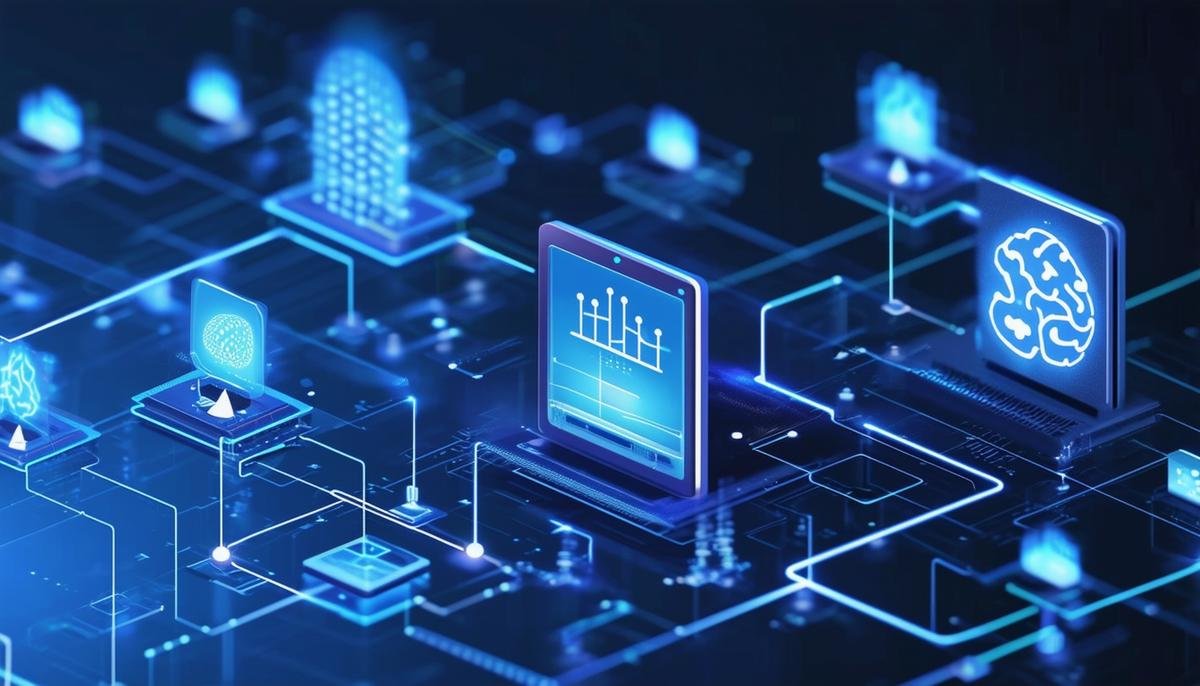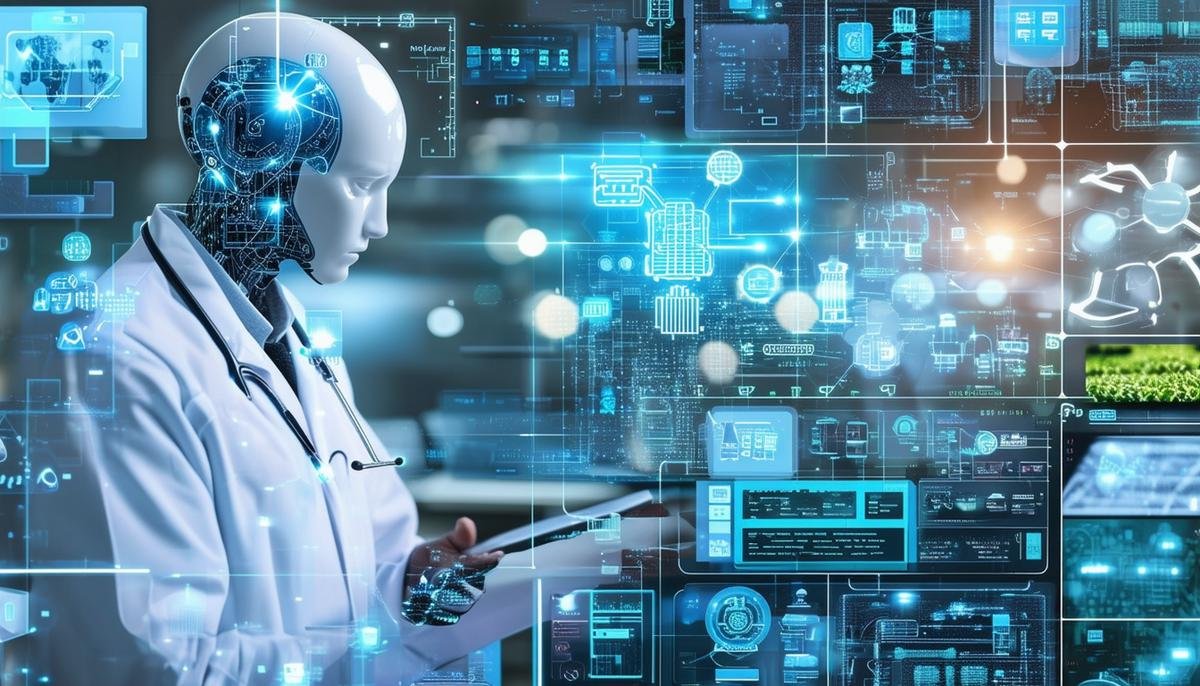Artificial Intelligence (AI) and the Internet of Things (IoT) are transforming how we interact with technology. By combining real-time data processing with intelligent decision-making, these technologies are reshaping various sectors, from healthcare to agriculture.
AI’s Role in Enhancing IoT
AI technologies elevate IoT applications by enabling real-time data processing. A smart traffic system uses data from sensors to adjust traffic lights dynamically, reducing congestion and improving traffic flow.
Predictive maintenance is another area where AI excels. Industrial IoT sensors gather data on equipment performance, and AI processes this data to predict failures before they happen. This approach minimizes downtime and repair costs.
Decision-making becomes more efficient with AI in IoT. Smart grids monitor energy consumption and adjust resource distribution. By analyzing usage patterns and predicting demand, AI optimizes energy use and reduces waste.
AI also improves security in IoT applications. Machine learning models identify and respond to threats in real-time, ensuring protection against cyber-attacks.
Key Applications of AI in IoT:
- Healthcare: Wearable devices collect patient data continuously, with AI analyzing for health insights and early detection.
- Agriculture: AI-powered IoT systems monitor crop conditions and weather patterns, assisting farmers in decision-making.
- Autonomous vehicles: Sensors collect data on surroundings, with AI processing for navigation and decision-making.
- Smart homes: AI adapts to user behaviors, learning preferences and adjusting settings automatically.
AI’s ability to process vast amounts of data enables more efficient insights across IoT applications, allowing for smarter, more responsive systems.

IoT’s Contribution to AI Development
The diverse data sets generated by IoT devices are crucial for AI advancement. These data sets provide the foundation for training complex machine learning models, offering more accurate predictions.
IoT devices continuously collect real-time data, which is vital for AI algorithms that rely on updated and contextual data to refine their models.
For instance, industrial IoT systems in manufacturing plants generate operational data that helps develop more accurate predictive maintenance algorithms.
Benefits of IoT Data for AI:
- Enhanced model effectiveness through diverse data sets
- Continuous learning cycles for AI
- Real-time updates to predictive models
- Improved accuracy of AI-driven security systems
The synergy between IoT and AI is evident in autonomous systems development. Self-driving cars rely on data from IoT sensors to navigate and make decisions, continuously improving performance and safety.
In summary, IoT data is crucial for training and refining AI models, empowering AI to deliver more accurate predictions and deeper insights across various applications.

Challenges in Integrating AI and IoT
Despite the potential of combining AI and IoT, several challenges must be addressed to realize their full capabilities.
Key Challenges:
- Power and thermal constraints: AI algorithms require significant computational power, problematic for mobile or embedded IoT devices.
- Memory bottlenecks: IoT devices typically have limited memory and storage capabilities, requiring efficient data handling techniques.
- Hardware-software co-design: AI and IoT systems must be developed in tandem to ensure hardware supports AI algorithms while operating within IoT constraints.
- Scalability: Ensuring AI algorithms can scale alongside increasing IoT devices without performance degradation.
- Privacy and security concerns: The interconnected nature of IoT devices makes them susceptible to vulnerabilities.
Addressing these challenges requires a multidisciplinary effort involving advancements in hardware, software, and security protocols. Distributed processing frameworks and cloud-based solutions are often employed to handle growing data volumes and ensure scalability.
AI models must incorporate strong security measures to protect sensitive data and ensure compliance with privacy regulations, a critical aspect as IoT ecosystems continue to expand.
Real-World Applications of AI and IoT
| Sector | Application | Impact |
|---|---|---|
| Healthcare | Patient monitoring and early diagnosis | Improved patient outcomes |
| Smart Cities | Urban infrastructure optimization | Enhanced public services |
| Industry | Predictive maintenance and quality control | Increased efficiency and reduced costs |
| Transportation | Autonomous vehicles and logistics optimization | Improved safety and efficiency |
| Retail | Inventory management and demand prediction | Optimized stock levels and customer satisfaction |
| Agriculture | Precision farming techniques | Increased crop yields and resource efficiency |
| Energy | Smart grids for supply-demand balance | Reduced waste and improved distribution |
These real-world applications demonstrate how AI and IoT are transforming industries by providing smarter, more responsive systems that drive efficiency and innovation. For example, in healthcare, wearable devices collect vital signs data, which AI algorithms analyze to detect anomalies and predict potential health issues, leading to earlier interventions and improved patient outcomes1.
In smart cities, sensors in traffic lights, streetlights, and waste management systems provide data that AI processes to improve traffic flow, reduce energy consumption, and enhance public services. This integration has led to significant improvements in urban living conditions and resource management2.

Future Directions for AI and IoT
Emerging technologies promise to push the boundaries of AI and IoT integration:
- Quantum computing: Could dramatically enhance machine learning models, making them more efficient and accurate for complex tasks.
- Neuromorphic architectures: Offer highly efficient and low-power computation for AI, potentially revolutionizing IoT devices.
- Federated learning: Allows machine learning models to be trained across multiple decentralized devices without sharing raw data, enhancing privacy and security.
- Smart materials and sensors: Advancing to create more reliable and durable IoT systems.
- Natural language processing (NLP): Set to transform human-IoT device interaction, making systems more intuitive.
- Blockchain technology: Being explored to bolster IoT security and data integrity.
- 5G technology: Will enhance IoT capabilities by providing faster data transfer rates and lower latency.
These advancements will continue to drive innovation in AI and IoT, transforming industries and improving efficiency across various sectors. For instance, the integration of quantum computing with AI could lead to breakthroughs in drug discovery and materials science, potentially revolutionizing healthcare and manufacturing3.

The integration of AI and IoT is driving advancements across multiple industries. By leveraging continuous data flow and advanced algorithms, these technologies enable smarter, more responsive systems. Ongoing development in AI and IoT promises to further optimize operations and improve efficiency in various sectors, paving the way for a more connected and intelligent future.
- Majumder S, Deen MJ. Smartphone Sensors for Health Monitoring and Diagnosis. Sensors. 2019;19(9):2164.
- Zanella A, Bui N, Castellani A, Vangelista L, Zorzi M. Internet of Things for Smart Cities. IEEE Internet Things J. 2014;1(1):22-32.
- Biamonte J, Wittek P, Pancotti N, et al. Quantum machine learning. Nature. 2017;549(7671):195-202.




